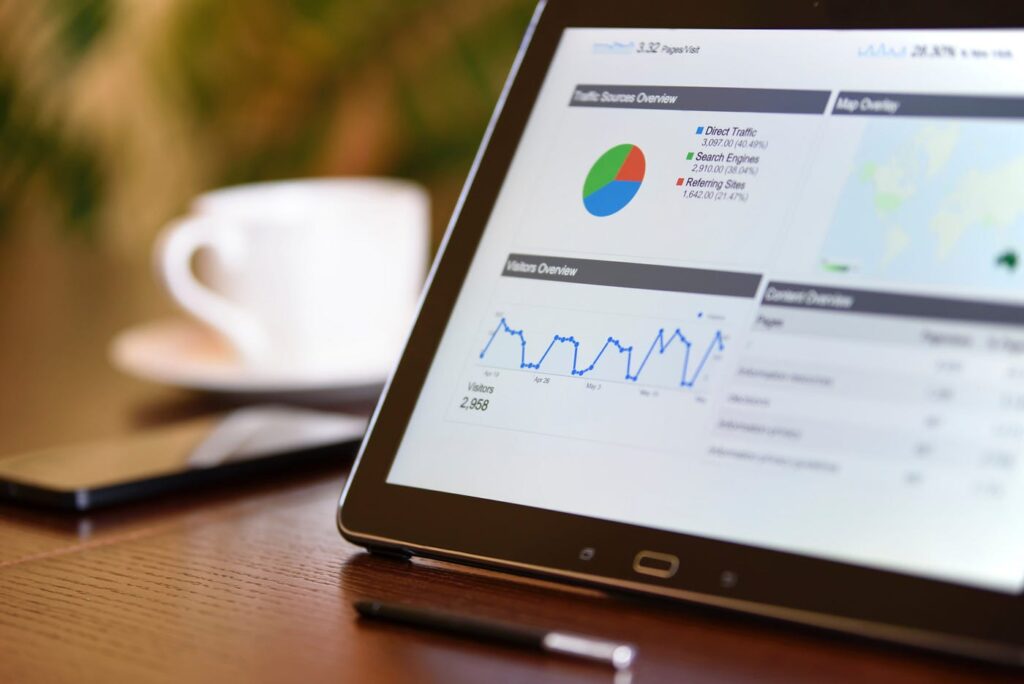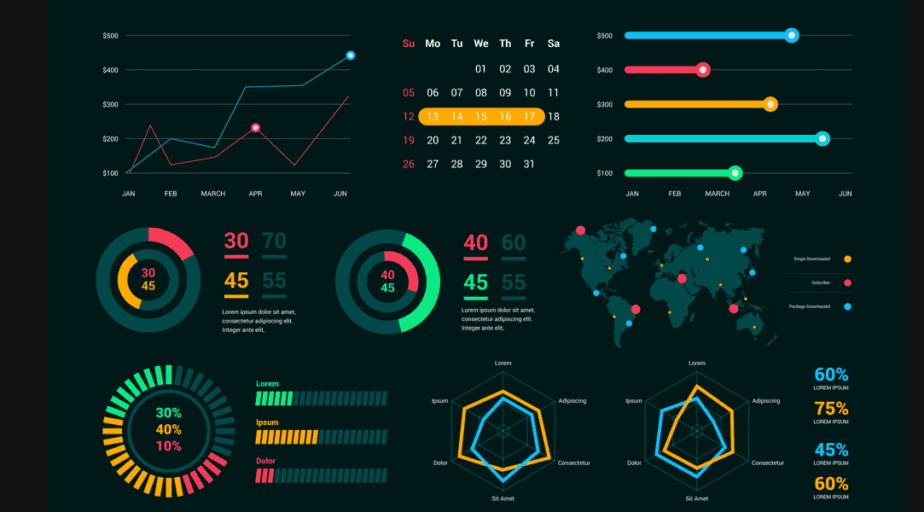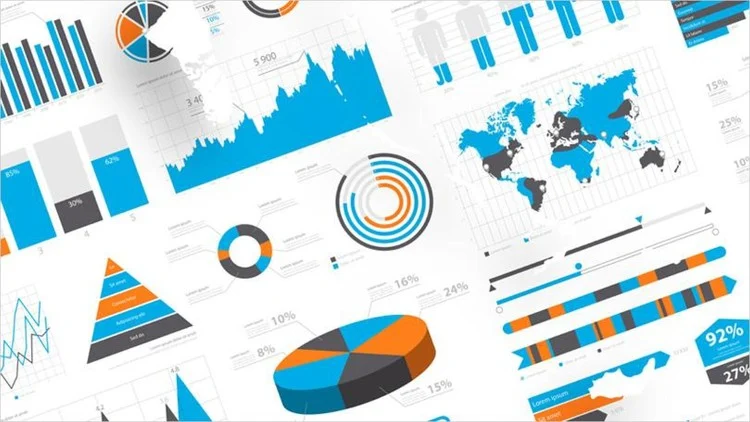Ours is a world driven by data, which equally necessitates logical representation of the aggregated information for easy interpretation and assimilation. Data analysis and modeling are tough, but the market is saturated with data visualization tools. Thus, the field of data visualization is a prospective money mine.
“Data is the new oil.” — Clive Humby
Visual representation comes in handy when involving massive amounts of complex data sets such as in the research field involving clinical trials. Thus, research and visualization share a very close bond.
Clinical trial data visualization is presenting data collected during clinical trials in a visual format, such as graphs or charts. Researchers have a plethora of tools at their disposal to execute tasks connected to data visualization, including searching for literature, sharing data and code, interacting with others, processing data, writing, publishing, and reviewing research.
D3.js, or D3 as it is popularly known, short for Data-Driven Documents, is a similar tool.
It is an interactive JavaScript library creating custom dynamic data displays in web browsers using static data or from an external server.
D3 assists in the creation of a wide range of visualizations, such as bar charts, line charts, scatter plots, heat maps, etc., which are used to effectively and informatively portray various sorts of data. For instance, a bar chart can be used to show the frequency of a certain event, while a line chart can be used to show changes in a variable over time. Here’s an example of a few charts made using D3.

We were approached by one of the largest pharmaceutical companies in the world, which wanted to keep track of their outflow of medicines – where it is being used, the number of consumers, the people using a particular type of medicine, etc. Thus, their large stacks of data were to be assimilated based on various criteria and represented using visual elements. Accordingly, we used D3.js to create visualizations from the scores of data provided, which they later incorporated into their dashboard.
When creating visualizations for clinical trial data, it is crucial to keep in mind the audience for the visualization. The visualization should be easy to understand and interpret, even for those who may need a background in statistics or data analysis. Additionally, it is essential to consider the ethical implications of visualizing clinical trial data and to ensure that any information presented is accurate and does not compromise patient privacy.


Fig: Graph with Bar representation for the data visualization
As visible from both Figures 2 and 3, we incorporated various additional information into the exhibits. In this case, the graphs are regarding the type of medicines used along two different filters to the top representing –
- the percentage of patients with the specific medicines
- the number of patients with the same data
Additionally, we have added another filter to the right of the figures based on different criteria on the effect of the medicines consumed by the patients. This type of customized complicated implementation can be done with relative ease if we use D3.
Finally, we are into the main part of this discussion, the precise reasons why can we easily declare that D3 is the best alternative to all tools available for clinical trial data visualization.
Why use D3 for research data visualization?
The major advantages of using D3 for clinical trial data visualization are:
- Flexibility
D3 allows for the creation of customized and interactive visualizations that can be tailored to the specific needs of the trial and the data being collected, allowing people to examine data in new ways by filtering or sorting it.
- Capability to handle large amounts of data
Clinical trials often involve collecting large amounts of data, and D3’s capabilities in this area make it well-suited for visualizing this data in an effective and efficient manner.
- Variety of visualization types
The range of visualizations is wide from a simple HTML table to a dynamic line or bar or pie chart, to a graph, to a 3-D geographic map using the geoJSON and topoJSON formats.
- Web-based
D3 visualizations are web-based, so they can be easily shared and accessed by many users, including those who may not have specialized software or tools to view the data.


